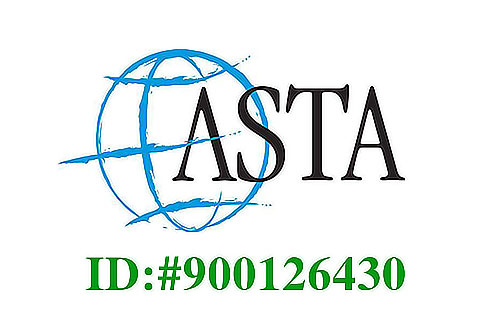Seven Star Cave
Formerly known as "Qixia Cave" and "Bixu Rock". It is on the Seven star hill to the east of Guilin. The cave presents a twisted extension of more than one and a half kilometers. The cave's name derive from the fact the main karst limestone peaks roughly resemble the stars of the Big Dipper constellation. This cave, the biggest and the most fascinating cave of Guilin, includes "Liudongtian Cave" and Liangdongfu Cave, offers numerous spectacular views and is big enough to hold ten thousand visitors at a time; originally, the cave was an underground channel and became a tourist attraction as early as the Sui and Tang Dynasties (581 A.D.-907). Inside the cave, well-developed stalactites and stalagmites form numerous fantastic scenes such as 'Monkey Picking Peaches', 'Two Lion Fighting for a Ball', or in the shapes of fruits, forests and gigantic waterfall. 
During the Japanese invasion of China in World War II, Guilin residents took refuge in the cave. A concrete and stone tour path of approximately 1,000 metres runs through the cave between its entrance and exit points. Artificial lighting for walkways and displays is staged throughout, including colored accents, and a variety of formations have names such as "A Natural Fresco" and "The Chessboard". The tour of the cave will cost you an hour, conducted in Mandarin Chinese, explaining in detail the origins of various formation names, such as a dragon eating a bear, or a bear catching a tiger. The cave has a year-round temperature of about 20 Celsius, so if you want to escape from the heat in summer, this is a good choice.
Admission fee: RMB 60 p/p;
Opening hours: 9:00 - 17:30;
Location: within Seven Star Park







